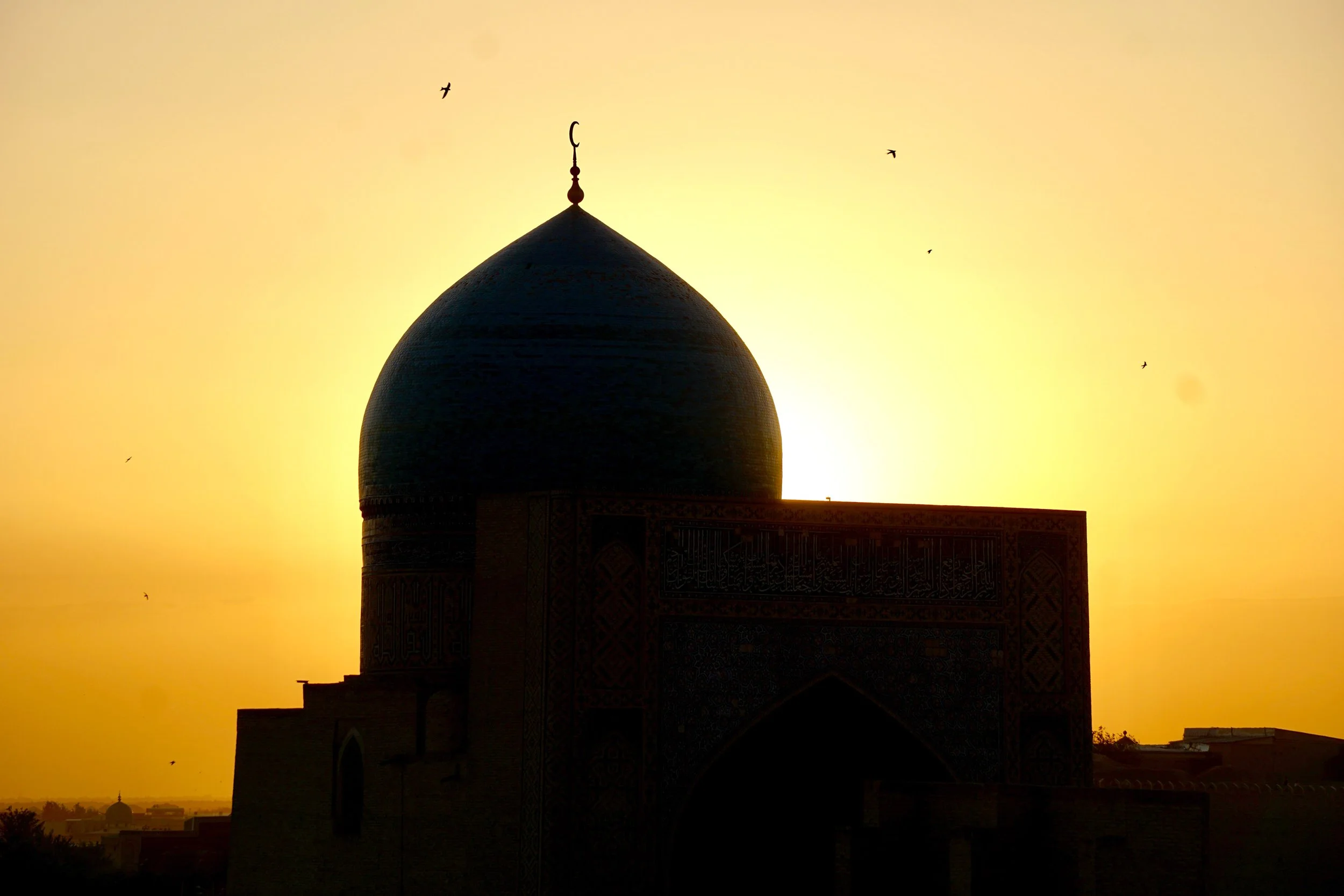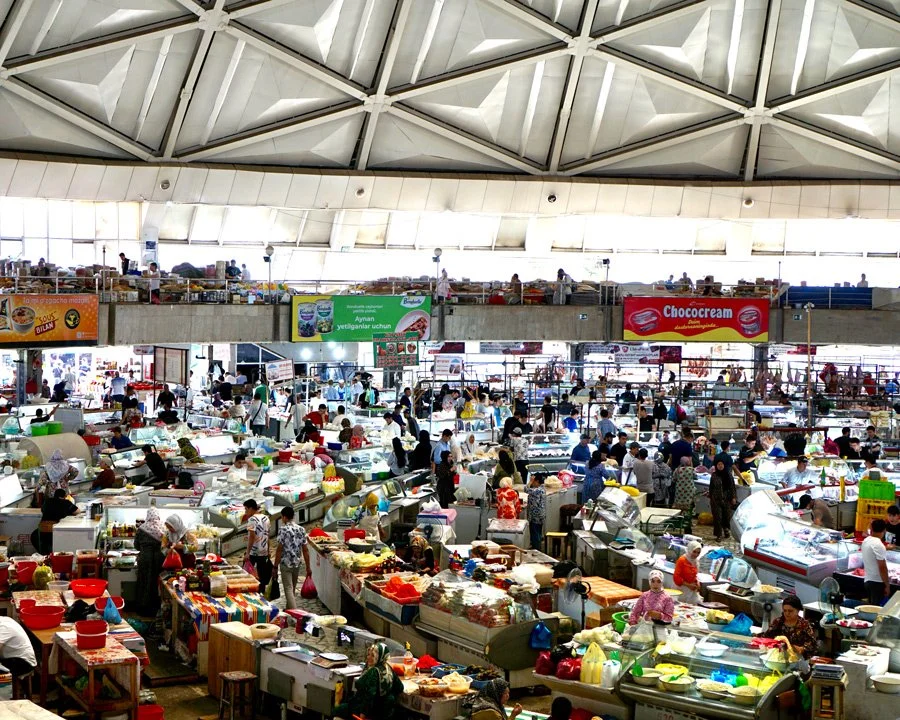
Uzbekistan
The Renaissance Republic of
Central Asia
Uzbekistan has emerged as Central Asia’s most dynamic reform story, with GDP reaching $80.4 billion in 2024 and a population of 37.5 million positioned for sustained growth. Under President Shavkat Mirziyoyev’s leadership since 2016, the country has implemented comprehensive economic liberalisation, transforming from a closed, state-controlled economy to an increasingly market-oriented system attracting significant foreign investment.
“Uzbekistan has implemented comprehensive economic liberalisation, transforming from a closed, state-controlled economy to an increasingly market-oriented system attracting significant foreign investment.”
The reform dividend is evident in measurable improvements across multiple indicators. Uzbekistan’s World Bank Ease of Doing Business ranking jumped from 141st in 2015 to 69th in 2020, while foreign direct investment increased from $2.3 billion in 2017 to $7.1 billion in 2024. The private sector’s GDP share has expanded from 62% to 78%, reflecting successful privatization of state enterprises and regulatory reform. Over 150 state-owned enterprises have been privatised since 2017, generating $4.2 billion in proceeds while improving operational efficiency.
“The digital economy expansion reflects Uzbekistan’s modernisation ambitions.”
Uzbekistan’s demographic profile represents its greatest strategic asset. With 60% of the population under 30 and literacy rates exceeding 99%, the country possesses Central Asia’s largest and most educated workforce. International universities — including the university of Westminster and, more recently, Webster University — have opened up campuses in Tashkent. Language capabilities are exceptional: over 5 million people speak English, 500,000 speak German, and 100,000 speak French. This multilingual talent pool, combined with relatively low labor costs averaging $380 monthly, creates compelling opportunities for service sector investment, particularly in IT outsourcing, customer service, and business process operations.
The digital economy expansion reflects Uzbekistan’s modernisation ambitions. The IT sector contributed $1.2 billion to GDP in 2024, growing 35% annually. Over 1,200 IT companies operate in the country, employing 48,000 professionals. The government’s “Digital Uzbekistan 2030” strategy targets increasing the IT sector’s GDP contribution to 8.5% by 2030. Major international companies including Microsoft, Google, and Samsung have established regional operations, leveraging Uzbekistan’s technical talent and strategic location.
Major international companies including Microsoft, Google, and Samsung have established regional operations, leveraging Uzbekistan’s technical talent and strategic location.
Tourism represents a remarkable success story, with international arrivals increasing from 2.7 million in 2017 to 7.8 million in 2024. The sector now contributes $3.2 billion annually to GDP, representing 4% of the economy. Samarkand’s inclusion in UNESCO’s World Heritage list, combined with simplified visa procedures for 90 countries, has positioned Uzbekistan as a premium cultural tourism destination. Once a vital artery along the Silk Road, movement has always been a part of the country’s identity. But where caravans used to wind their way through the deserts, high-speed trains now connect the ancient cities of Samarkand, Bukhara and Khiva. These cities — home to centuries-old madrasas, mosques, and minarets — generate average per-visitor spending of $1,150, significantly above regional averages.
“Samarkand’s inclusion in UNESCO’s World Heritage list, has positioned Uzbekistan as a premium cultural tourism destination.”
Energy sector transformation offers substantial investment opportunities. Uzbekistan possesses 1.1 trillion cubic meters of natural gas reserves and produces 57 BCM annually, ranking as the world’s 11th-largest gas producer. The country’s renewable energy potential includes 3,900 MW of solar and 1,875 MW of wind capacity. To achieve net-zero emissions by 2060, Uzbekistan requires $108 billion in clean energy investment, creating opportunities for international developers and technology providers.
The manufacturing sector revival reflects broader economic diversification. Automotive production, led by joint ventures with General Motors and Isuzu, reached 348,000 units in 2024, with 60% exported to regional markets. Textile and apparel manufacturing, leveraging domestic cotton production, generates $2.1 billion in annual exports. The country’s chemical industry, built on abundant natural gas reserves, produces petrochemicals, fertilisers, and pharmaceuticals for both domestic consumption and export.
“Once a vital artery along the Silk Road, where caravans used to wind their way through the deserts, high-speed trains now connect the ancient cities of Samarkand, Bukhara and Khiva.”
Agriculture modernization presents significant value-addition opportunities. Uzbekistan ranks as the world’s sixth-largest cotton producer and second-largest cotton exporter, generating $1.8 billion annually. The country also produces 95% of Central Asia’s apricots and 85% of its melons, with growing exports to European and Asian markets. Water-efficient irrigation technologies and crop diversification programs, supported by $2.3 billion in World Bank funding, are transforming agricultural productivity and sustainability.






